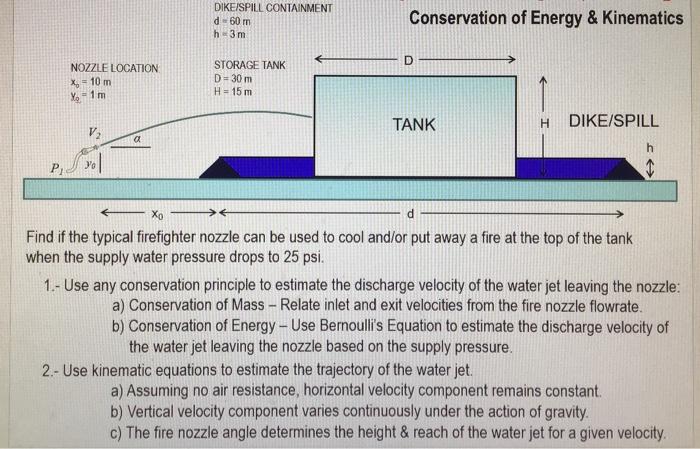Answered step by step
Verified Expert Solution
Question
1 Approved Answer
DIKEISPILL CONTAINMENT d-60 m h 3 m Conservation of Energy & Kinematics NOZZLE LOCATION STORAGE TANK D = 30 m H 15 m x =

Step by Step Solution
There are 3 Steps involved in it
Step: 1

Get Instant Access to Expert-Tailored Solutions
See step-by-step solutions with expert insights and AI powered tools for academic success
Step: 2

Step: 3

Ace Your Homework with AI
Get the answers you need in no time with our AI-driven, step-by-step assistance
Get Started


